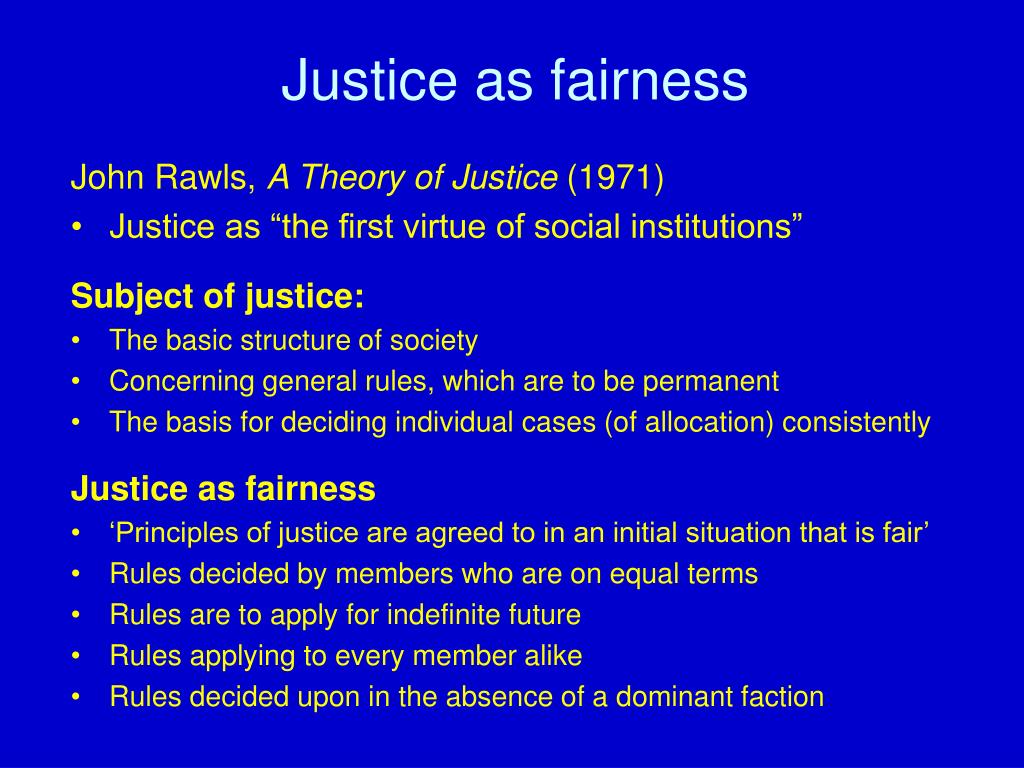

The combining of these two disciplines in the title of his chair speaks volumes. In 2004 he returned to Harvard as Lamont University Professor, Professor of Economics and Philosophy. at Cambridge University and went on to teach at the Delhi School of Economics, Oxford, the London School of Economics, and Harvard before being elected Master of Trinity College, Cambridge, in 1998. He taught at Jadavpur University, Calcutta, while on leave from writing his Ph.D. 1 In the course of a stellar academic career, Sen has published more than two dozen books and countless articles. Indeed, Marx and especially Smith are key reference points for Sen, although it is Smith's Theory of Moral Sentiments rather than his Wealth of Nations to which Sen refers most often, and similarly it is Marx's more explicitly philosophical works rather than Capital that appeal to him. Better would be "social philosopher,'' or, better still, the old term "political economist,'' since the scope and range of Sen's work is directly comparable to that of such eighteenth- and nineteenth-century practitioners of political economy as Adam Smith, John Stuart Mill, and Karl Marx. His 1998 Nobel Prize was awarded for his work in welfare economics, but to describe him as an "economist'' (as the term is understood today) would be inaccurate. The Indian Nobel laureate Amartya Sen, born in 1933, is one of the most important public intellectuals of our age, an original thinker whose work transcends the standard disciplinary boundaries. Everyone must have access to 'fair equality of opportunity.' In essence, Rawls is a proponent of the 'social contract.' Major themes of the work include individual liberties, social equality, and democracy.The Idea of Justice, Amartya Sen (Cambridge, Mass.: Belknap Press/Harvard University Press, 2009), 496 pp., $29.95 cloth. In the second principle, Rawls offers suggestions concerning social and economic inequalities. In the first principle, everyone should have access to basic liberties, which include right to vote, run for office, speak, and assemble. Next, Rawls outlines two principles of justice. Rawls outlines his views in multiple sections, beginning with the 'original position' where he suggests that people implement principles of justice from a 'veil of ignorance.' It is the veil, he believes, that blinds people to facts.


He develops two principles based upon 'liberty' and 'difference,' aiming to reconcile liberty and equality. John Rawls's work 'A Theory of Justice' represents political philosophy on the subject of ethics and 'distributive justice.' In the work, he attempts to solve the problem of allocating goods in society equally and in a socially just manner.


 0 kommentar(er)
0 kommentar(er)
